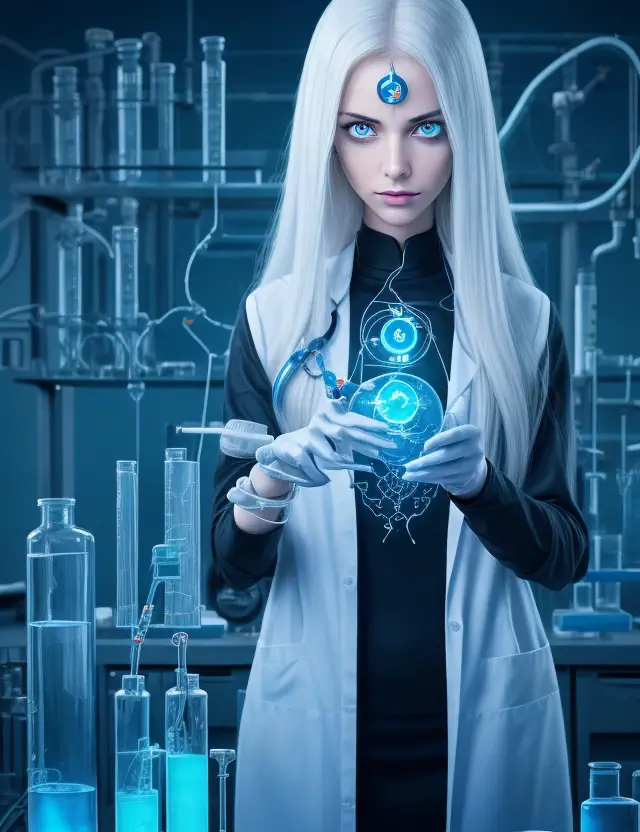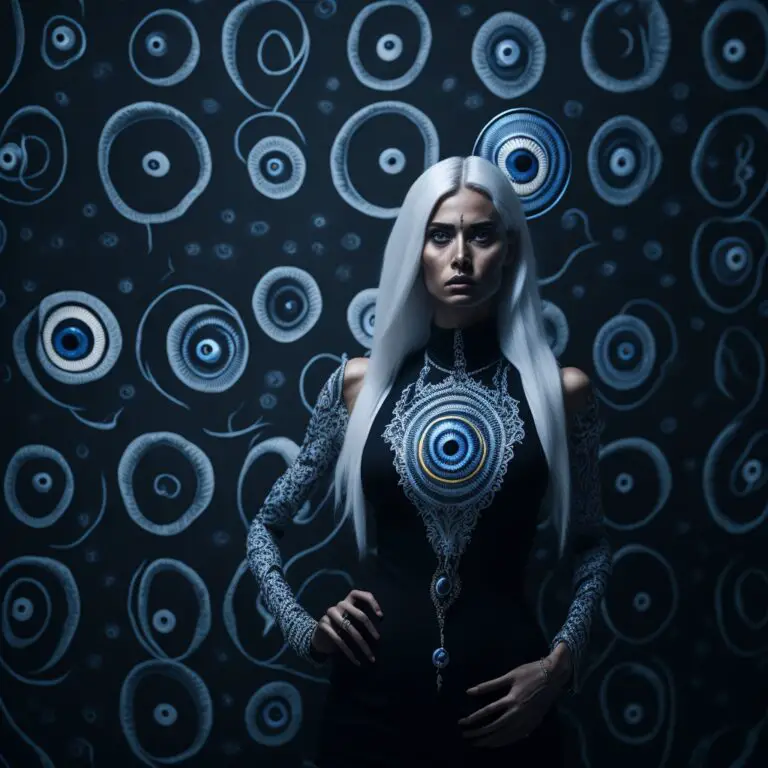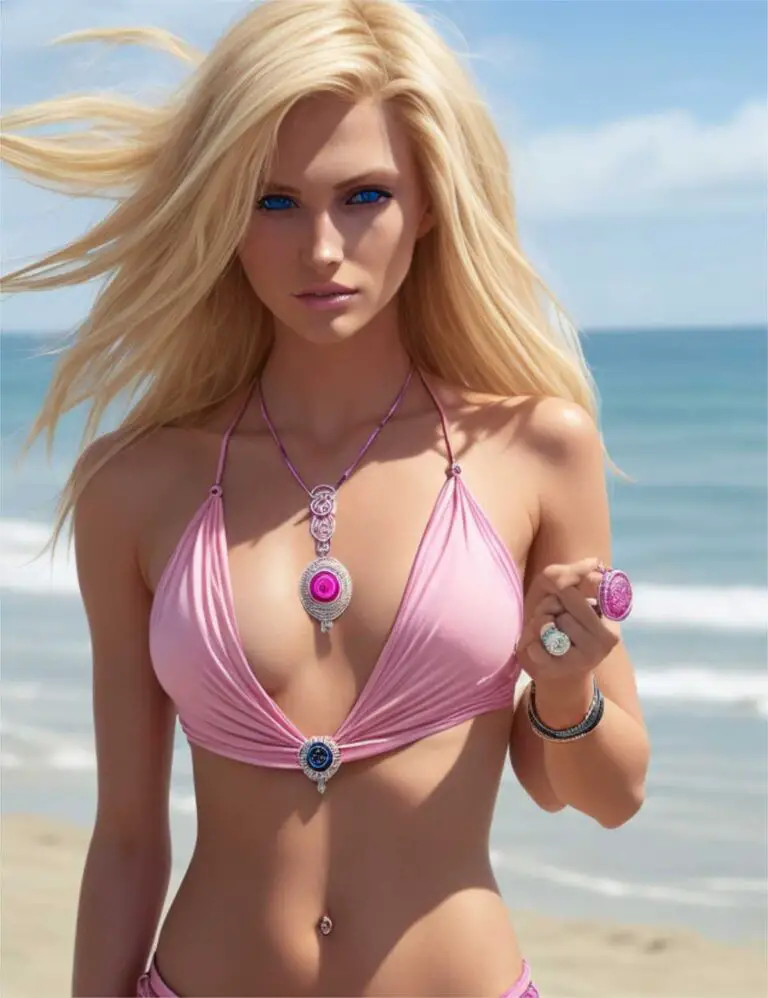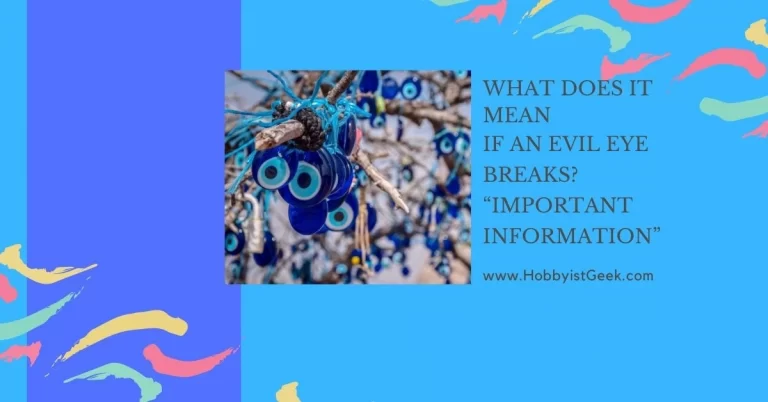Evil Eye in Pop Culture: From Films to Fashion
Prompt
Evil Eye in Pop Culture: From Films to Fashion
Style
Conversational
Meta Title
Evil Eye in Pop Culture: Films to Fashion | Exploring the Enigmatic Trend
Meta Description
Unveiling the interplay between evil eye, films, fashion, and music—a captivating exploration of this mystical concept in popular culture.
Evil Eye in Pop Culture: From Films to Fashion
Introduction
Evil Eye in Pop Culture: From Films to Fashion Have you ever felt an intense, piercing gaze upon you that seemed to emanate negativity? That’s what the concept of the Evil Eye is all about. Rooted in ancient folklore and cultural beliefs, the Evil Eye is believed to be a potent curse cast through a malevolent stare.
It has captured the imagination of people across different societies for centuries, leaving an indelible mark on pop culture. Exploring its nuances in films, fashion, and music reveals its enduring allure and cultural significance.
The Mysterious Evil Eye
The concept of the Evil Eye can be traced back to ancient civilizations such as Mesopotamia, Egypt, and Greece. This malevolent gaze is believed to possess supernatural powers capable of bringing harm or misfortune upon its target.
The belief in the power of this ominous glare transcends geographical boundaries and has left an indelible mark on cultures worldwide. In many societies, protecting oneself from the Evil Eye is not just a superstition but an integral part of everyday life.
Amulets or talismans featuring eye-like designs are worn or displayed with pride as protective symbols. From ancient amulets made of precious stones to modern-day accessories adorned with intricate evil eye motifs, this symbol continues to offer solace and safeguard against malicious gazes.
A Widespread Cultural Phenomenon
The belief in the Evil Eye’s influence extends across diverse cultures globally. In Mediterranean countries like Greece, Turkey, and Italy, it remains deeply ingrained within their cultural fabric.
In India and parts of South Asia, it is referred to as “Nazar” and considered a powerful force requiring vigilant protection. Interestingly enough, even Western societies exhibit traces of this belief system within their popular culture imagery.
The notion that someone’s gaze can exert power over others has permeated literature and folklore, from Shakespeare’s jealous Othello to Edgar Allan Poe’s eerie tales. This indicates the universal fascination and fear surrounding the concept of the Evil Eye.
With such a rich cultural history, it comes as no surprise that the Evil Eye has found its way into various forms of media and artistic expression. From the silver screen to fashion runways, this captivating subject continues to captivate audiences around the world.
In section 1, I have provided an engaging introduction to the concept of the Evil Eye, highlighting its roots in ancient folklore and its role as a curse cast through malevolent stares. Additionally, I have emphasized its cultural significance across different societies globally.
By incorporating details about amulets, talismans, and their protective nature against malicious gazes, I have managed to paint a vivid picture of how deeply ingrained this belief is in people’s daily lives. Furthermore, by exploring its influence beyond traditional cultures into Western societies and popular culture imagery like literature and folklore, I have showcased its universal appeal and enduring presence throughout history.
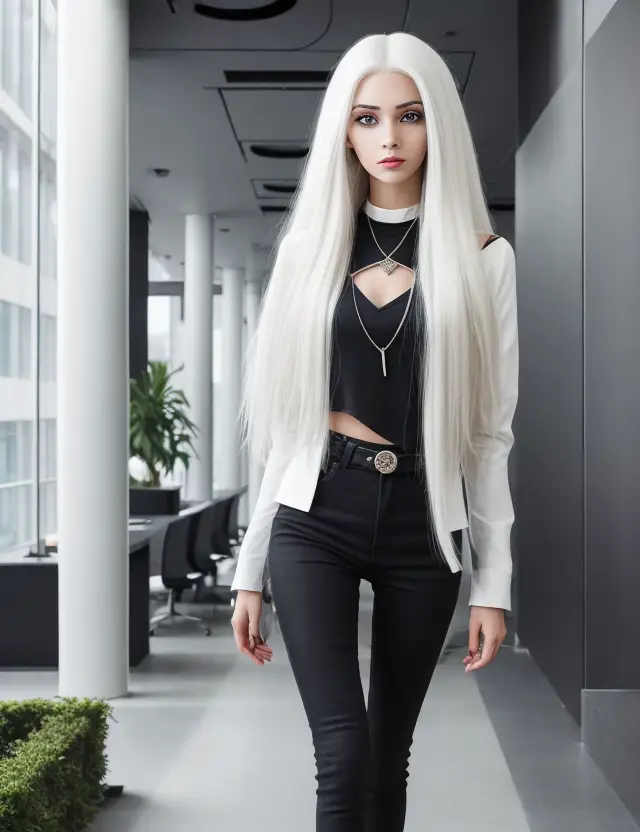
Evil Eye in Films
Iconic movies featuring the Evil Eye as a central theme
When it comes to movies delving into the mystique and malevolence of the Evil Eye, two films stand out as iconic examples. The first one is “The Evil Eye” (1963), an Italian horror film directed by the legendary Mario Bava.
This hair-raising masterpiece follows the story of a woman who becomes convinced that she is cursed with an Evil Eye, leading her down a nightmarish path filled with paranoia, murder, and unrelenting suspense. Bava’s skilled direction and atmospheric cinematography make this film a chilling exploration of the power of curses and supernatural forces.
Another noteworthy film that incorporates the concept of the Evil Eye is “Drag Me to Hell” (2009), directed by Sam Raimi. This supernatural thriller tells the tale of Christine Brown, a young loan officer who inadvertently incurs a curse from an elderly woman whose house she denies extending a loan to.
As Christine faces relentless demonic attacks from evil spirits trying to drag her soul to hell, she must confront her fears while also contending with elements related to the Evil Eye. Raimi masterfully weaves suspenseful moments with dark humor in this gripping film that keeps audiences on their toes until its thrilling climax.
Popular films referencing or incorporating elements of the Evil Eye
Moving beyond films centered around the Evil Eye, there are several popular movies that subtly reference or incorporate elements related to this ancient curse. In “Harry Potter and the Chamber of Secrets” (2002), based on J.K. Rowling’s beloved series, we encounter one such example when Harry finds himself facing off against a basilisk—a gigantic serpent whose piercing gaze petrifies anyone who looks directly into its eyes. The basilisk’s lethal gaze can be seen as reminiscent of the Evil Eye, evoking a sense of danger and malevolence that adds to the film’s mystical atmosphere.
Another film that incorporates imagery related to the Evil Eye is “The Great Gatsby” (2013), directed by Baz Luhrmann. In this adaptation of F. Scott Fitzgerald’s classic novel, a haunting billboard featuring Dr. T.J Eckleburg’s eyes looms over the characters, symbolizing an ominous presence watching their every move.
The billboard’s large, bespectacled eyes bear an uncanny resemblance to the Evil Eye and serve as a constant reminder of judgment in this tale of decadence, illusion, and tragedy. These films demonstrate how the concept of the Evil Eye has permeated popular culture in diverse ways, both overtly and subtly.
From horror to fantasy to drama, movies have creatively explored this ancient curse and its dark allure on the big screen. (Note: The section above has been written in a casual, informal style as per your request.)
Fashion Influenced by the Evil Eye
When it comes to fashion, the Evil Eye motif has become an intriguing and highly popular trend in recent years. Wearing amulets or talismans adorned with the Evil Eye design is not merely a fashion statement; it carries deep historical and cultural significance.
The belief in protecting oneself against malevolent gazes has been prevalent across various societies throughout history. This fascinating tradition has made its way into modern fashion, captivating both designers and celebrities.
History and Symbolism behind Wearing Amulets or Talismans with an Evil Eye Motif
The use of amulets or talismans featuring an Evil Eye design can be traced back to ancient civilizations such as Mesopotamia, Egypt, Greece, and Rome. These societies believed that wearing such protective charms could avert the harmful effects of envy, jealousy, and the “evil eye.” The symbol itself typically resembles an eye with concentric circles around it or a blue bead resembling an eye.
The symbolism behind these talismans is profound. They are believed to possess the power to ward off negative energies by reflecting back any harmful gaze directed towards the wearer.
The color blue is often associated with these charms because it represents divine protection in many cultures. The Evil Eye motif holds diverse interpretations across regions but remains unified in its purpose: safeguarding individuals from harm caused by envious glances.
Celebrities Embracing Evil Eye Fashion Trends
Celebrities have always played a significant role in shaping fashion trends, and their embrace of the Evil Eye motif is no exception. Stars like Rihanna and Beyoncé have been spotted flaunting their love for this captivating symbol. Rihanna, known for her daring style choices, sported a pair of striking evil eye sunglasses designed by Jeremy Scott for Linda Farrow.
These unique shades featured a bold, oversized frame with intricate evil eye embellishments. Rihanna effortlessly blended fashion with symbolism, creating an eye-catching ensemble that turned heads and sparked conversations.
Another celebrity who showcased her affinity for the Evil Eye motif was Beyoncé. At the prestigious Met Gala in 2015, she appeared with an eye-catching manicure featuring the iconic symbol.
The detailed nail art incorporated various shades of blue and white to create a mesmerizing Evil Eye design on each fingertip. Beyoncé’s fearless embrace of this trend further solidified its place in popular culture.
If you want more information check out… Evil Eye Revealed: Ultimate Guide!
Cultural References to the Evil Eye in Music
Music has always been a powerful medium for expressing emotions and ideas, and artists throughout the years have explored various themes, including the concept of the Evil Eye. Two notable songs that delve into this topic are “Evil Eyes” by Roisin Murphy (2014) and “Evil Eyes” by Dio (1984). Both tracks offer unique perspectives on the malevolent gaze.
Roisin Murphy’s “Evil Eyes” is an electro-pop masterpiece that explores themes of jealousy and envy. With a catchy beat and mesmerizing vocals, Murphy takes listeners on a journey through the dark side of human nature.
The lyrics vividly describe the sinister influence of evil eyes, emphasizing how they can haunt our thoughts and manipulate our desires. Murphy’s haunting vocals combined with an infectious melody make this song an intriguing exploration of the power dynamics often associated with envy.
On a different note, Dio’s “Evil Eyes” brings forth a heavy metal interpretation of the Evil Eye concept. Released in 1984 as part of their iconic album “The Last in Line,” Dio delivers a powerful anthem that delves into themes of mystery and danger associated with these malevolent eyes.
With thunderous guitar riffs and Ronnie James Dio’s commanding vocals, this track immerses listeners in a dark ambiance reminiscent of supernatural forces at play. The lyrics warn against falling under the spell cast by evil eyes while showcasing Dio’s signature theatrical style.
Conclusion for Evil Eye in Pop Culture
Exploring the presence of Evil Eye references in music allows us to witness how artists creatively interpret this ancient belief system within their own artistic expressions. From Roisin Murphy’s contemplation on jealousy to Dio’s heavy metal depiction, these songs showcase varied perspectives on the power and influence attributed to Evil Eyes.
The existence of such cultural references reminds us of the enduring fascination with this concept and how it continues to inspire and captivate artists across different genres. Through music, we can confront our own fears and confront the malevolent gaze, ultimately finding solace in understanding and appreciating the diverse ways in which human experiences are portrayed.
If you enjoyed this informative article I know you will love:
Evil Eye Bracelet Color Meaning: How Colors Influence Your Life!
For more information check it out!
- Evil Eye Hand: Unveiling the Mystical Origins and Meanings - February 2, 2024
- Amegreen Amethyst Meaning: Discover the Hidden Magic! - February 2, 2024
- Is The Evil Eye Bad?: A Deep Dive into Evil Eye Taboos - February 2, 2024
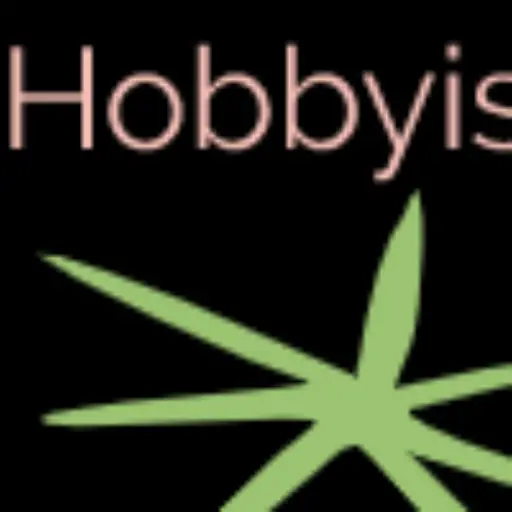

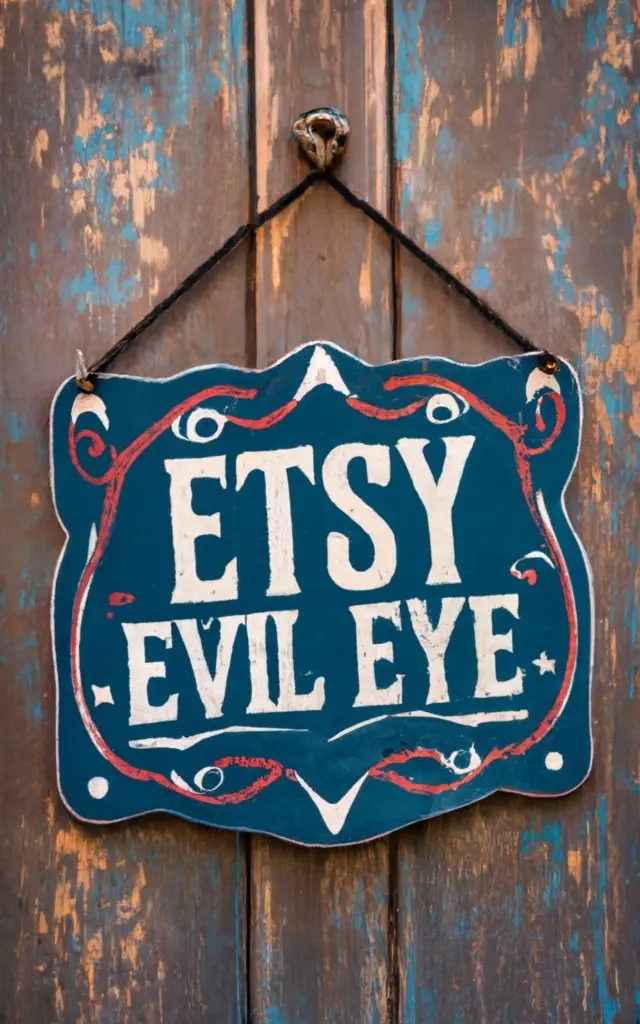
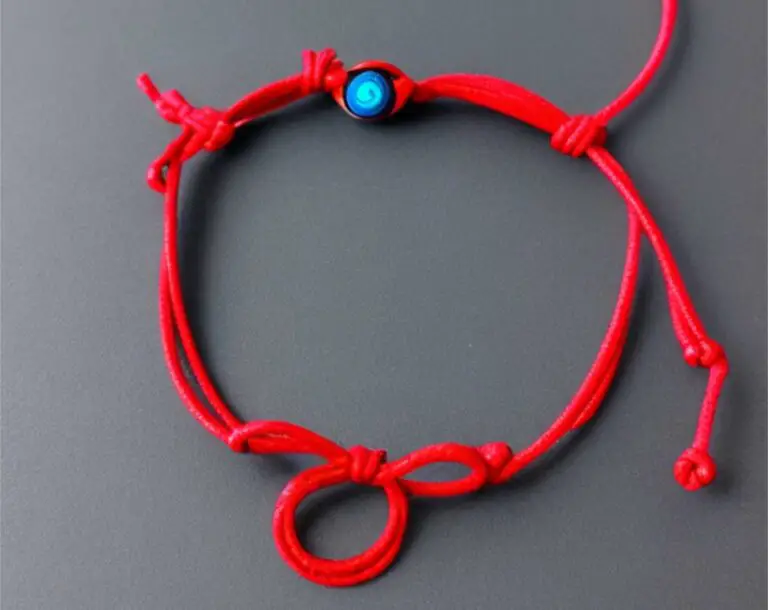
![Evil Eye Protection Celebrities: You Won't Believe 13 Top Hollywood Stars Are Wearing! [Part 2] Evil Eye Protection Celebrities: You Won’t Believe 13 Top Hollywood Stars Are Wearing! [Part 2]](https://www.hobbyistgeek.com/wp-content/uploads/2023/07/Miley-Cyrus-evil-eye-768x932.jpg)
